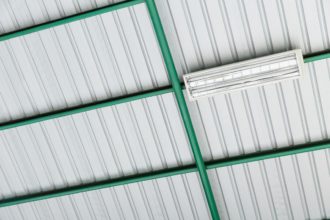8 Different Types of Mining in Canada
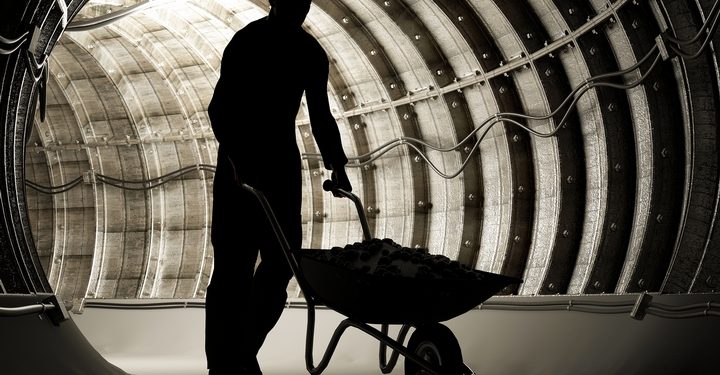
Canada is one of the leading mining nations with a diverse range of minerals. Miners in Canada set standards for the rest of the world, both in scope and technology. Since minerals are an essential part of industrial development, players in this industry are focused on efficient and cost-effective types of mining. Environmental considerations are also an important determinant of the recommended type of mining in Canada.
There are eight different types of mining in Canada:
1. Open-Pit Mining
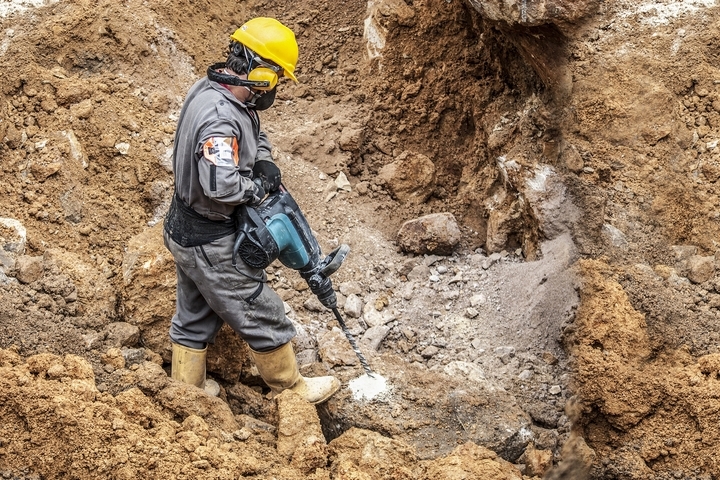
This is one of the most common types of mining. Drilling starts from the earth’s surface and maintains exposure to it during the period of extraction. As the excavation continues, steps are provided at the sides for the safety of miners.
A wide ramp is constructed to ease the movement of essential equipment, which moves the products from the site. Open-pit mining uses powerful trucks and shovels, which move large volumes of rocks, and makes production faster. It is, therefore, possible to economically mine lower grades of ore.
2. Underground Mining
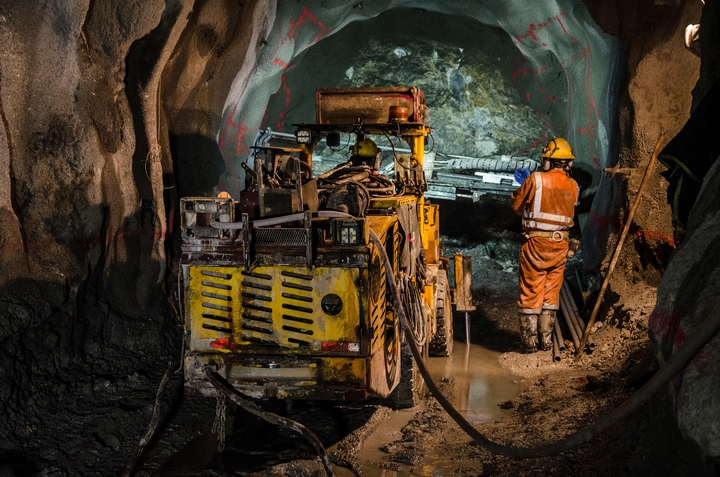
This type of mining is used to extract ore below the surface of the earth. It is safe, economical and produces very little waste. The underground mine is accessed through vertical or a horizontal tunnel, which is also known as a shaft, an adit, or a decline.
Underground mining is one of the most practical types of mining used where the ore body is too deep. An open pit method may not make economic sense in such instances. In most cases, the quality of the ore body is high enough to cover costs. It has a low ground footprint and therefore does not adversely affect the environment as much as open pit mining does.
3. Underwater Mining
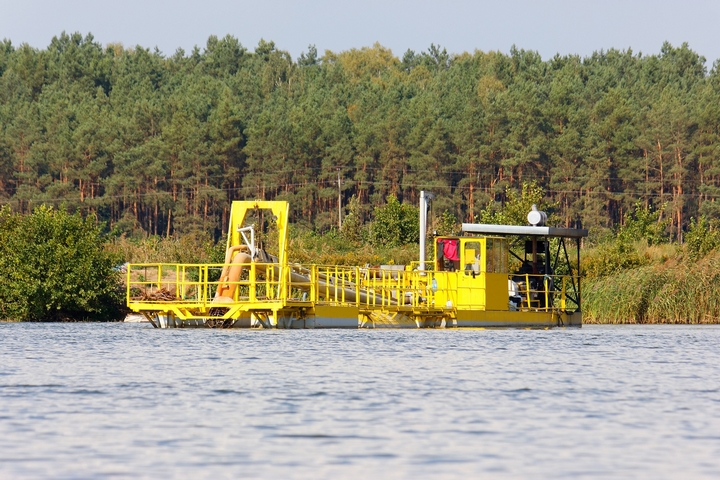
This type of mining is suitable for products located in an aquatic environment such as the seabed. Underwater mining calls for a responsible approach that considers the ecosystem. You need purpose-designed ships that use a remotely-operated underwater vehicle. Alternatively, you can drill up to depths of 100 to 140 metres below sea level to reach the intended mineral ore.
4. Boxhole Boring
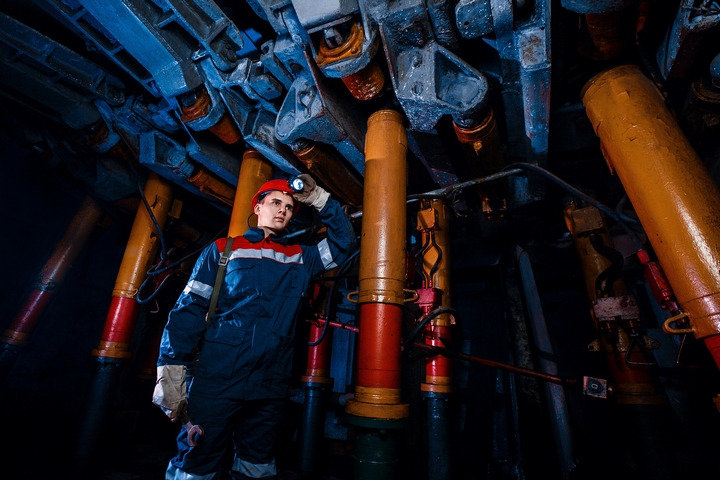
This is another type of underground mining that involves locating the drilling machine below the mineral deposits. No construction is required above the ground. A drill chamber is created on the waste rock below the ore when a sequence of overlapping holes is drilled into the ore zone, which then collects the ore from the extraction chamber. These types of mining are, however, not widespread in Canada.
5. Blast Hole Stoping
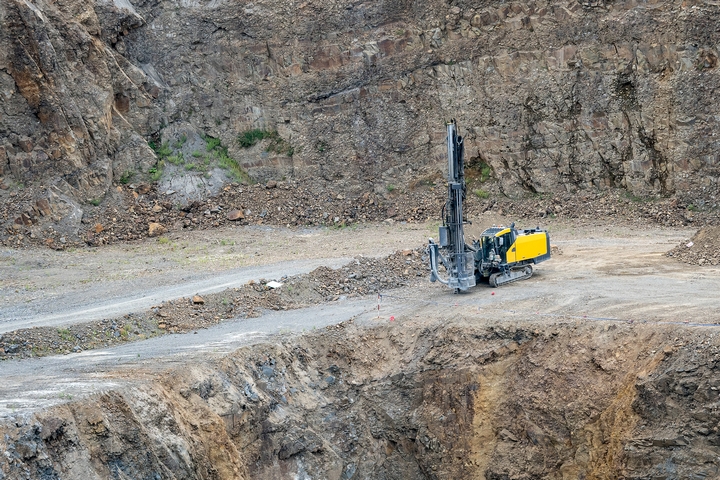
Blast hole stoping involves drilling above the mineral deposits and setting up access for extraction below it. The stope is the area between the upper and lower drilling areas that provide access to the extracts. This is the area that is drilled and then blasted.
Remote controlled trams are then used to collect the broken rock and transport it to a different place for grinding. To maintain ground stability, the blasted area is filled with concrete. This way, the next stope can be mined. Besides Canada, blast hole stoping is common in many other countries.
6. Jet Boring
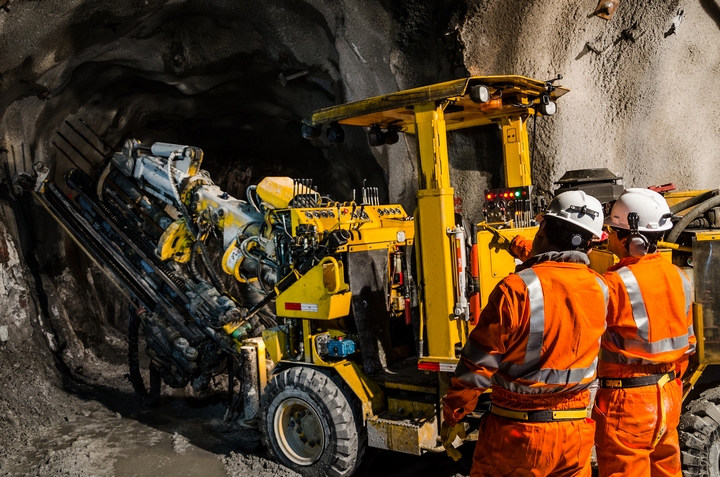
Jet boring involves freezing the ore and the surrounding rock. It is considered a safe method of mining. Chilled brine is pumped to the underground deposit. Using, large pipes, the brine is circulated at the area with the mineral ore and surrounding rock for about one year.
When it freezes, a machine is used to bore through the frozen rock and create a production tunnel. The boring is done through ‘the jet boring system.’ A pilot hole is then made through the orebody and a jet boring nozzle inserted into the pilot hole to begin boring through the rock. Loose ore is then flushed out through the pilot hole, and the ore pumped to the surface.
7. In Situ Recovery
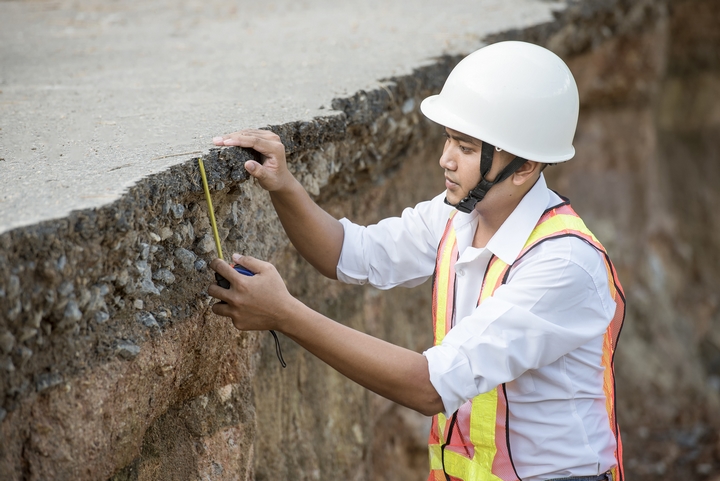
This type of mining is used to mine uranium found in sandstone aquifers. The technique involves circulating solutions through the mineral ore to dissolve the uranium to facilitate pumping it to the surface and for recovery. It causes minimal surface disturbance and equally little waste rock.
8. Raise Bore Mining
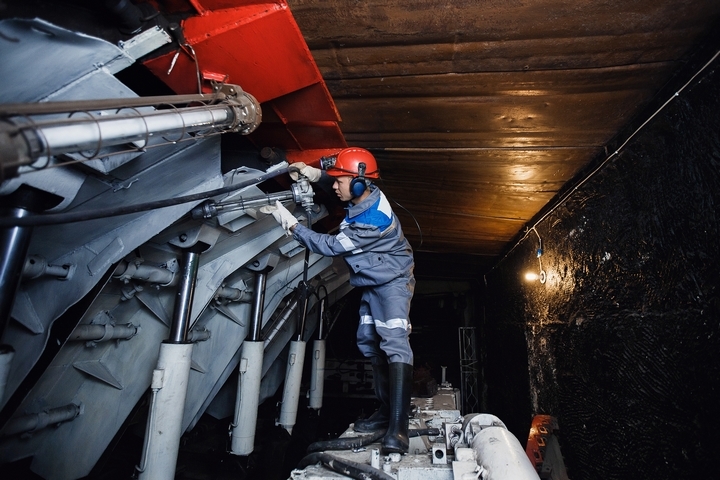
The raise bore mining method has been in use since the turn of the century. In raise bore mining, a number of overlapping holes are drilled from a raise-bore chamber in a waste rock above the mineral ore. The ore is then collected at the bottom of the raises. Using remotely controlled scoop trams, a sequence of overlapping holes are dug into the ore zone. To collect the ore, remote-controlled scoop trams are used. The raise-bore hole is then filled with concrete after every successful extraction.
There are many types or methods of mining used in Canada. The ideal type is however determined by convenience, economic considerations, and the location of the mineral ore. Ultimately, the best type of mining is one with minimum adverse environmental impact.

